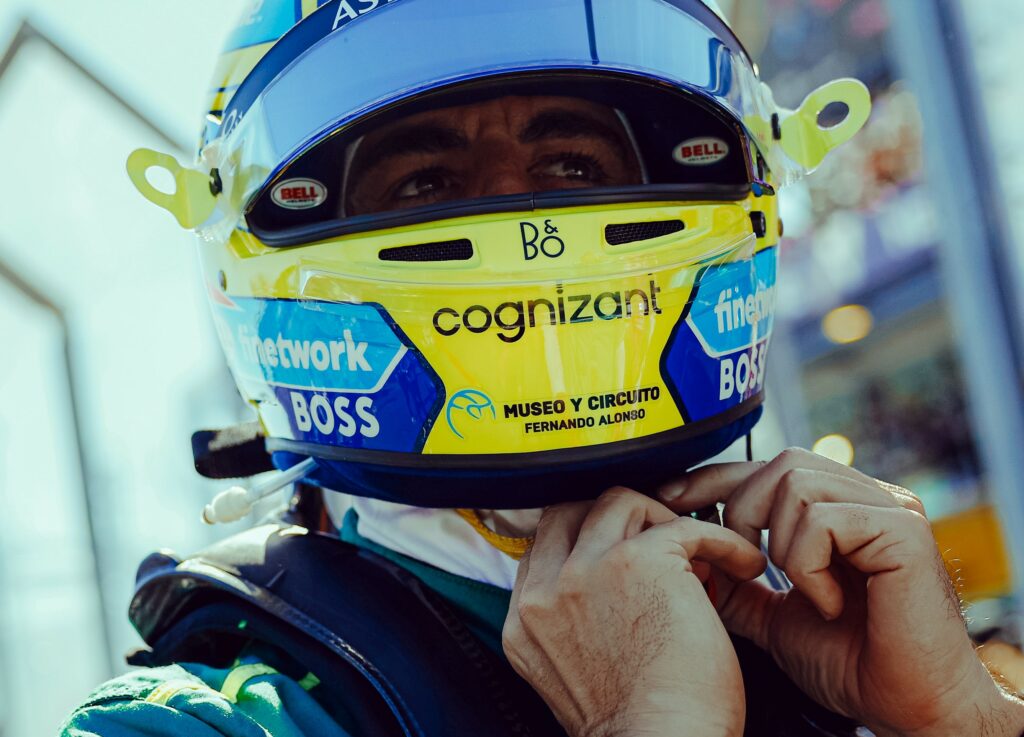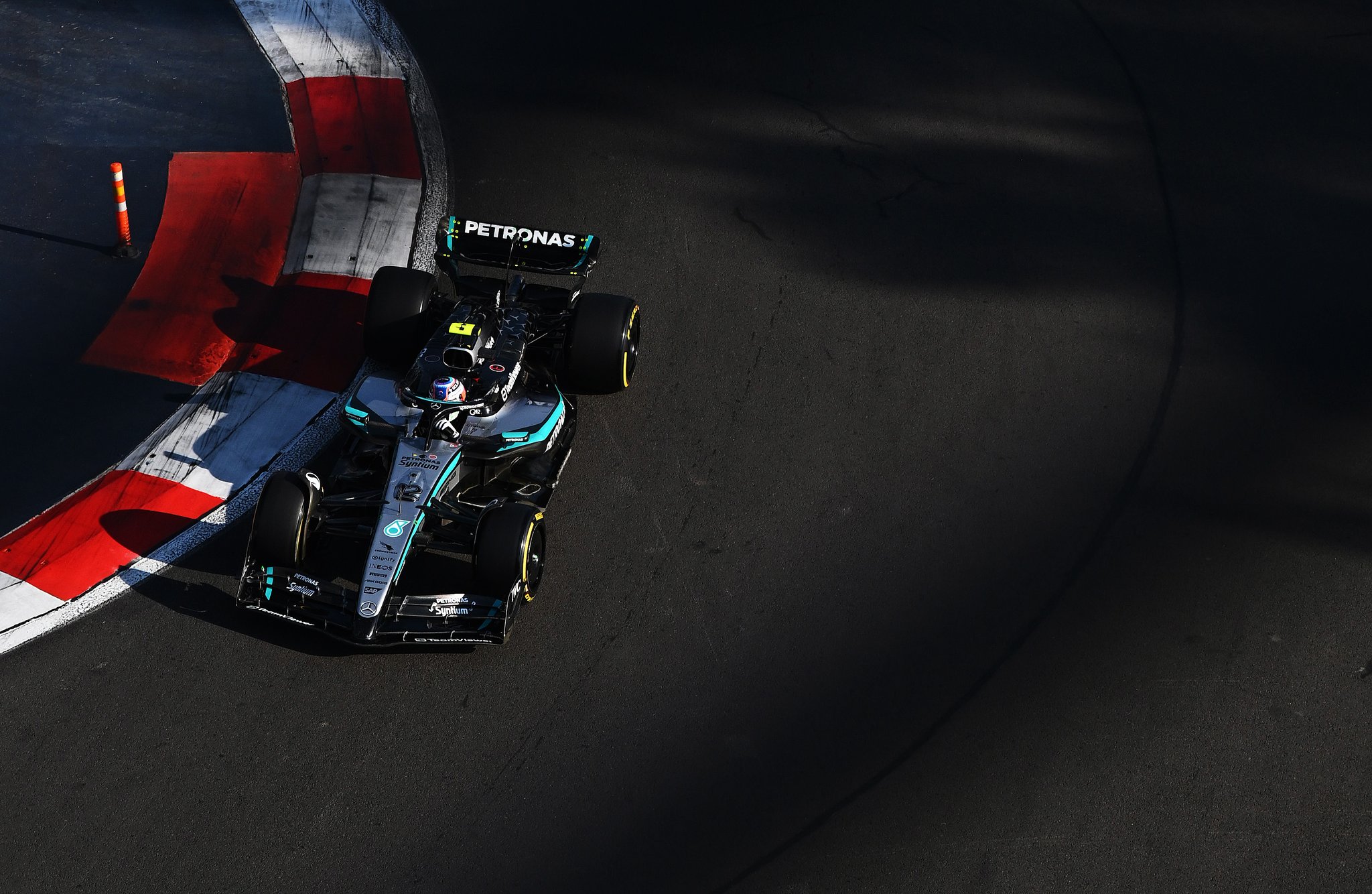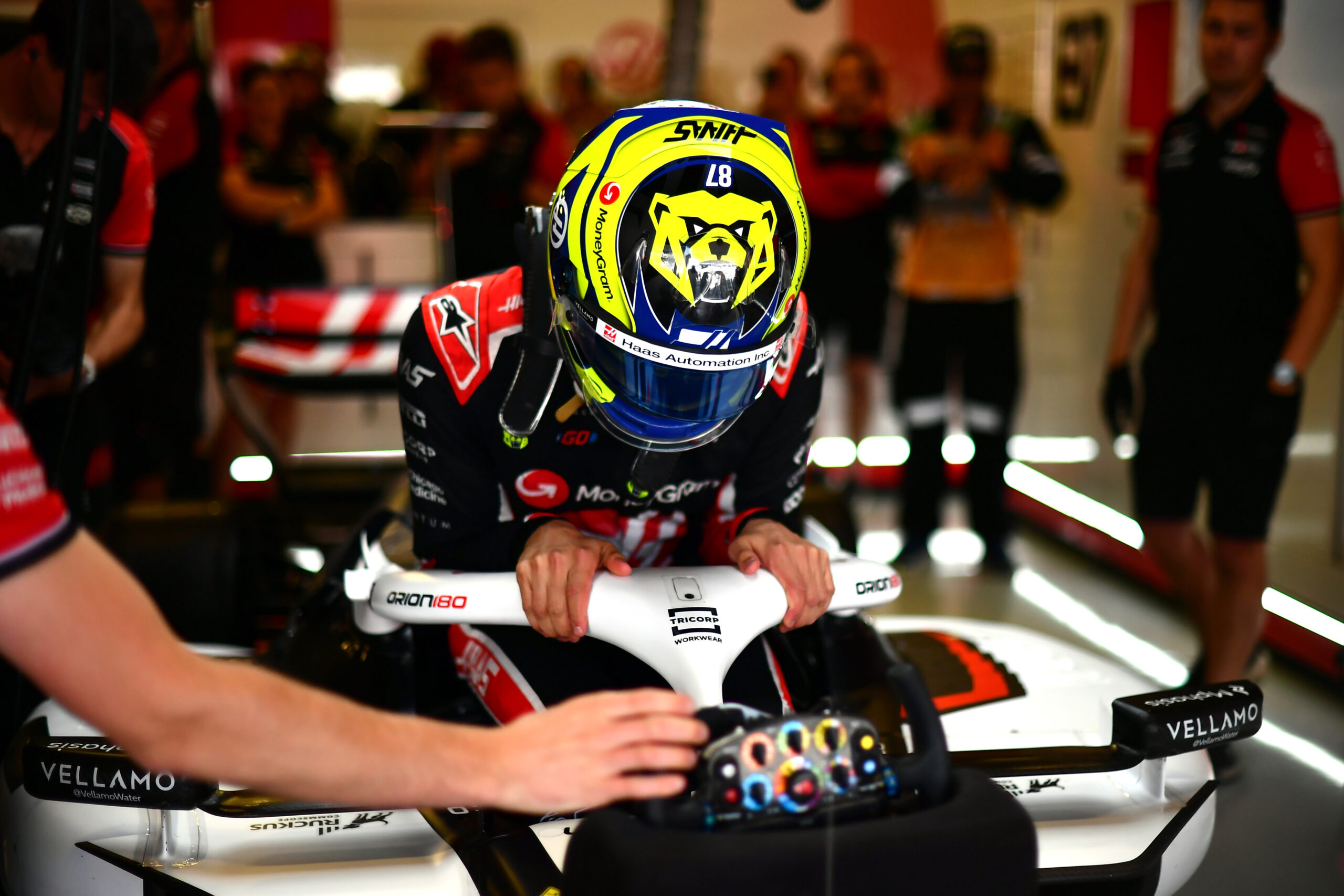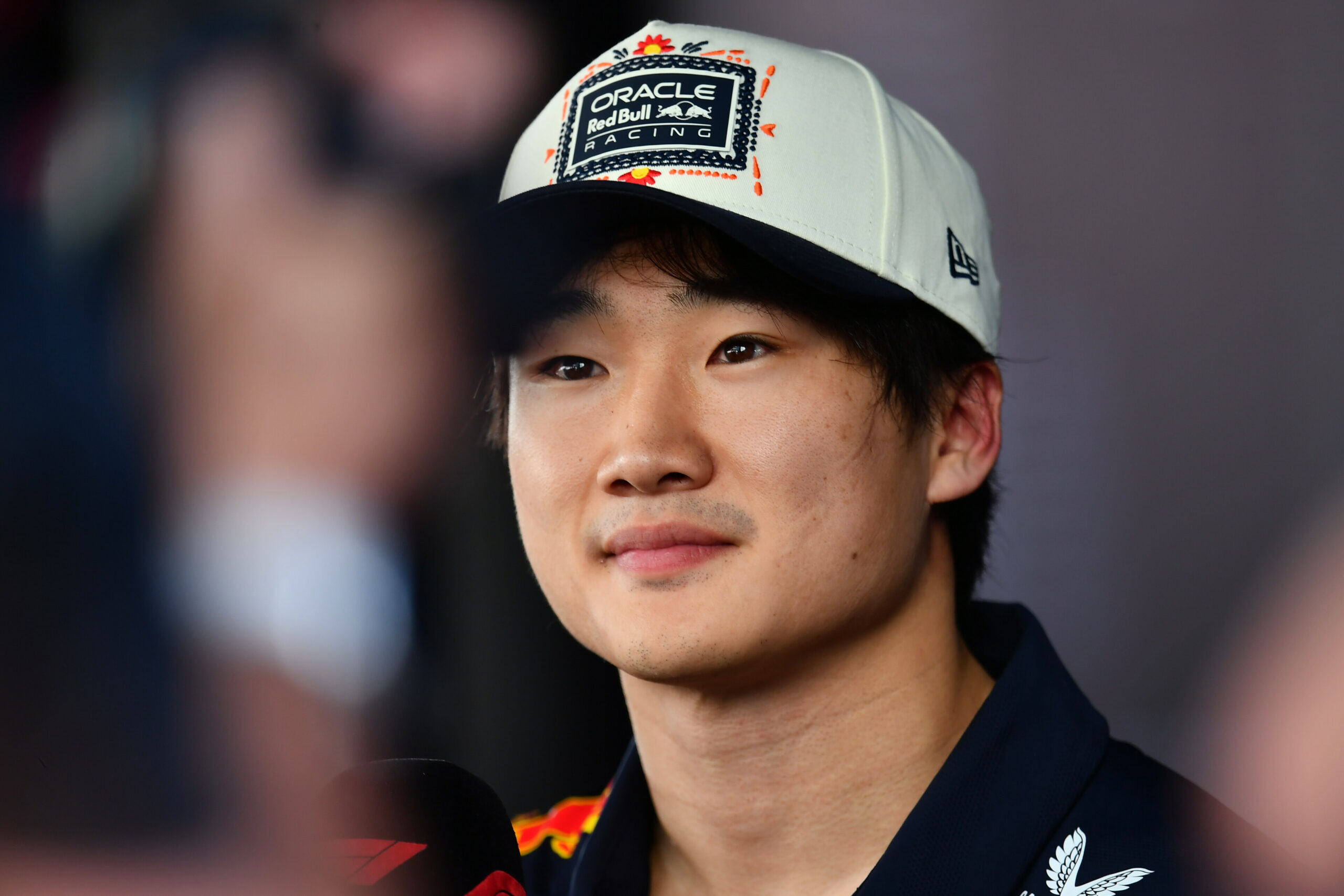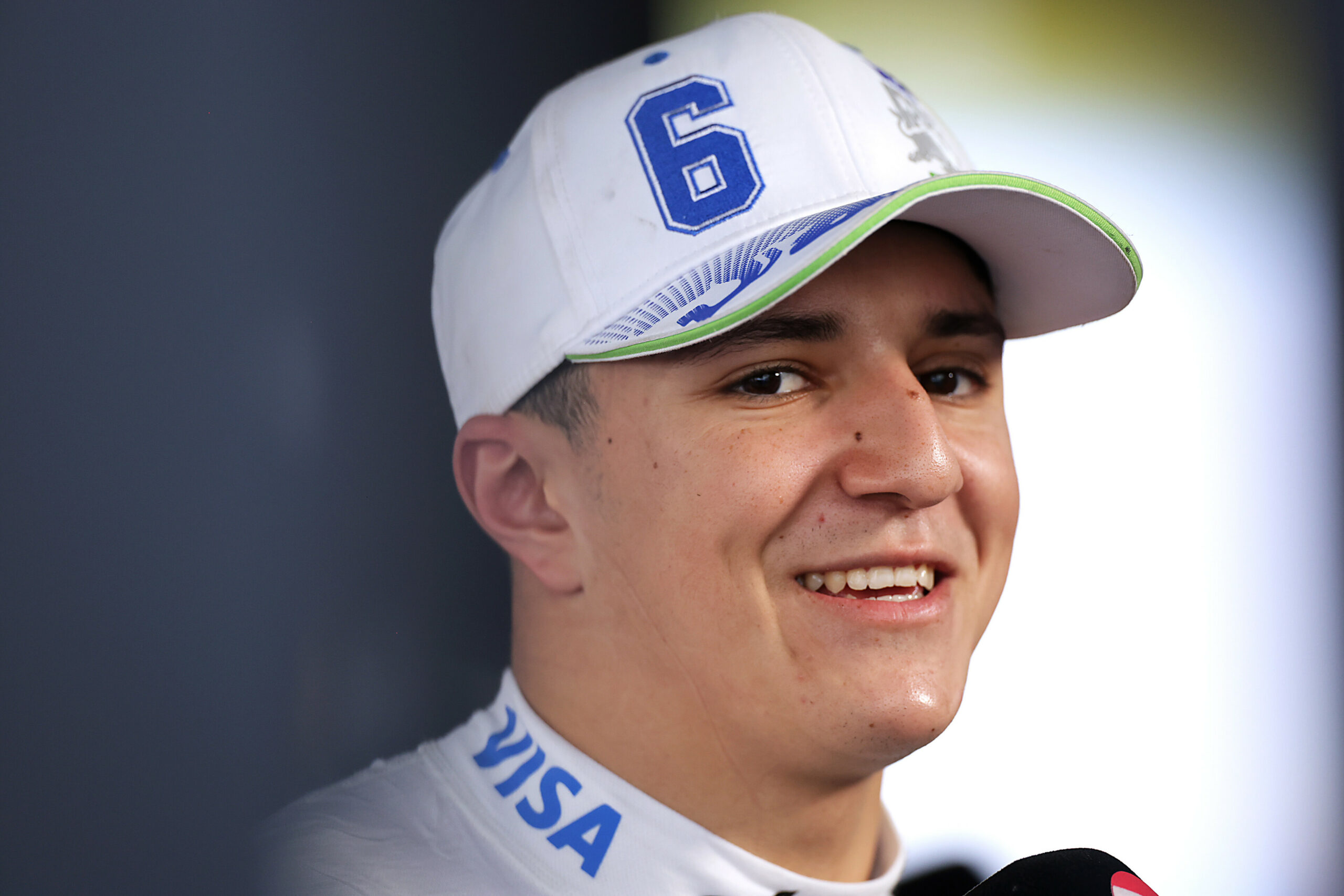The penalty imposed on Fernando Alonso for “dangerous driving” as he defended against George Russell on the penultimate lap in Melbourne remains a big talking point heading into the Japanese Grand Prix.
Alonso was found braking and downshifting about 100 metres earlier than expected, slowing rapidly before accelerating again to make the corner. These defensive tactics created dirty air that led to a sudden loss of downforce. Russell, taken aback by the move, lost control and veered off track at Turn 6, resulting in a crash that left his car lying sideways in the middle of the track.
Alonso was placed under investigation and subsequently penalised shortly after the race concluded, with the stewards determining that the Aston Martin driver had violated article 33.4 of the sporting regulations, which prohibits driving unnecessarily slowly, erratically, or in a potentially dangerous manner.
Alonso was handed a drive-through penalty—however, as the race had already ended, this was converted to a 20-second time penalty that relegated him from P6 to P8.
Drivers weighed in on the stewards’ decision on Thursday at Suzuka, with opinions being split on whether the penalty was justified.
The McLaren duo admitted to being “surprised” by the penalty as there was no physical contact between Alonso and Russell.
Lando Norris was vocally critical of the penalty, arguing that Russell should have anticipated such a manoeuvre.
“What Fernando did was odd, like extreme, but I don’t think it’s even close to being regarded as a brake test,” he said. “Did he brake and downshift? I don’t know the exact timings of it. But should it be a penalty in any way? No. George, in my opinion, should have seen it coming.
“It’s always tougher being in the situation so that’s why I don’t like commenting on it. But that kind of thing shouldn’t have been a penalty. It’s clear, he’s in front. Max and Hamilton [in Saudi Arabia 2021], that’s a brake test. This was not a brake test. This was trying to play very smart—Fernando being Fernando and [Russell] being caught out by it.
“It was not aggressive, it was not one metre in front of a car and stopping. It was 100 metres ahead and slow down and the approaching speed caught George off. But nowhere near a penalty.”
His teammate, Oscar Piastri, shared Norris’s view, saying: “Giving a penalty for it potentially creates a very, very tricky precedent for everybody, giving a car a penalty for no contact.
“Quite frankly, it wasn’t a crash out of avoidance. I could understand if George was trying to avoid Fernando and had to swerve off the track, then, yes, understandable.
“But giving someone a penalty for causing dirty air… I’m sure a lot of qualifying sessions would go very differently if we started doing that, so I was a bit surprised by the penalty.”
Alonso’s own teammate, Lance Stroll—who, ironically, was bumped up to sixth after the penalty was applied—echoed the McLaren drivers’ sentiments.
“I don’t think [Alonso] did anything stupid,” said Stroll. “He was just preparing the exit of the corner and it was ridiculous to get a drive-through penalty for an incident that doesn’t even involve any contact between the cars or anything like that.”

“There’s been some harsh penalties this year,” said Kevin Magnussen. “From the looks of things, they are tightening up, they’re giving harsher penalties.
Asked if he sees any similarities between Alonso’s actions and his own defending in Saudi Arabia, Magnussen admitted, “[In Jeddah] I was lifting in places where you would normally be flat. But nobody crashed behind, so… Personally, I feel like that was a pretty harsh penalty. I wasn’t in the car, neither Russell’s or Lance’s [Stroll], of course, but it didn’t look to me like it was solely Alonso’s fault.”
He also called for greater consistency from the stewards: “But I think it’s just important, as we always say, consistency, so we can drive to the limit of the rules and not over it.
“If they had given Alonso a reprimand, I wouldn’t have thought that was out of order. But they gave him a drive-through, a big penalty, so I was a bit surprised to see that,” Magnussen concluded.
Sergio Perez agreed, emphasising the need for consistency in applying penalties.
To illustrate his point, he compared an impeding incident involving himself and Nico Hulkenberg in Australia—which resulted in a 3-place grid drop for the Mexican driver—with a similar situation involving Bottas, Bearman and Albon that went unpunished the previous race weekend in Jeddah.
“My take is it [Alonso’s penalty] was definitely a bit too much over the limit. I’d say a bit unnecessary to do so.”
Perez added that in his opinion Alonso understands the boundaries of what is permissible on track: “I think we all know what’s acceptable, what’s within the limits. I mean, knowing the drivers, especially like Fernando, he always does these sort of tricks, let’s put it that way, always within the limits.
“I think Fernando is a very aggressive driver. But always within the limits. I’ve had great fights with him. He is one of the drivers I trust the most out there.
“I have to say that it was a bit too much to the limit or probably over the limit but, like I say, you know, we might see this incident again in two weeks’, or three weeks’ time, and nothing will happen.”
Others agreed that the penalty was warranted, but contested its severity.
“I still feel like it shouldn’t be that harsh of a penalty,” Bottas said. “Maybe a reprimand or black and white flag or something.”
Bottas added that the outcome often determines the punishment in such cases, suggesting that Alonso’s tactics would’ve been looked upon more favourably had they not contributed to Russell’s crash.
“It’s a strange one because the consequence was big,” Daniel Ricciardo commented. “Obviously, George had a massive crash because of his defensive strategy, so from that you’re like, ‘Okay, that was bad’. But then again, if George didn’t crash, then maybe nothing happens. (…) I think because of the consequences, you understand the penalty.”
Meanwhile, Charles Leclerc, Nico Hulkenberg and Lewis Hamilton were of the opinion that the penalty was deserved.

Leclerc believes that Alonso went too far with his stratagem, saying, “My view is that it’s something we do as drivers, however, not to that extent. What Fernando did in Australia was a bit much and had to be penalised.”
He also expressed doubts about the effectiveness of time penalties in general: “However, I believe that there’s something that we need to look into in terms of the penalty. We’ve been working on time penalties for a long time, which is a bit wrong because you are a bit of a victim of your own luck in a way.
“If you’ve got a safety car, two laps to go, which could have been the case in that scenario, then you go from sixth to last. If you are in a position like Fernando, you only lose two places, so I think there’s something to look into and try to improve for the future.”
In a similar vein, Hulkenberg noted that while Alonso’s defensive manoeuvre may be acceptable, executing it at Turn 6 was inappropriate.
“I wasn’t very impressed with Fernando’s tactics there, to be honest,” he said.
“Melbourne is kind of a street circuit, it’s quite narrow there, we approach that corner with 260-270km/h, it’s a blind exit and if—for whatever reason—the flag system or someone is late and one of us would have T-boned George…I think the outcome and the way he feels about it might have also been quite different.
“Whilst that tactic is quite a common one in Formula 1, in that particular corner with that speed, with a blind exit, I think it’s the wrong corner to do it and produced quite a dangerous situation.
“I think it’s the wrong speed range, the wrong corner… It’s easy to overreact and lose the rear in the car like it happened to George.”
Hamilton added that he didn’t “understand” Alonso’s move, pointing out that Russell found himself in a precarious position as a result.
“The stewards obviously found a reason to penalise. If I try to put myself in Fernando’s position I can’t understand the manoeuvre, but I’m just glad that George is safe. It’s a frightening position to be in, in the middle of the track, with cars coming around at great speeds.”

